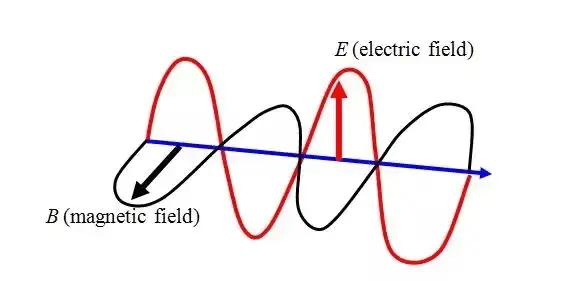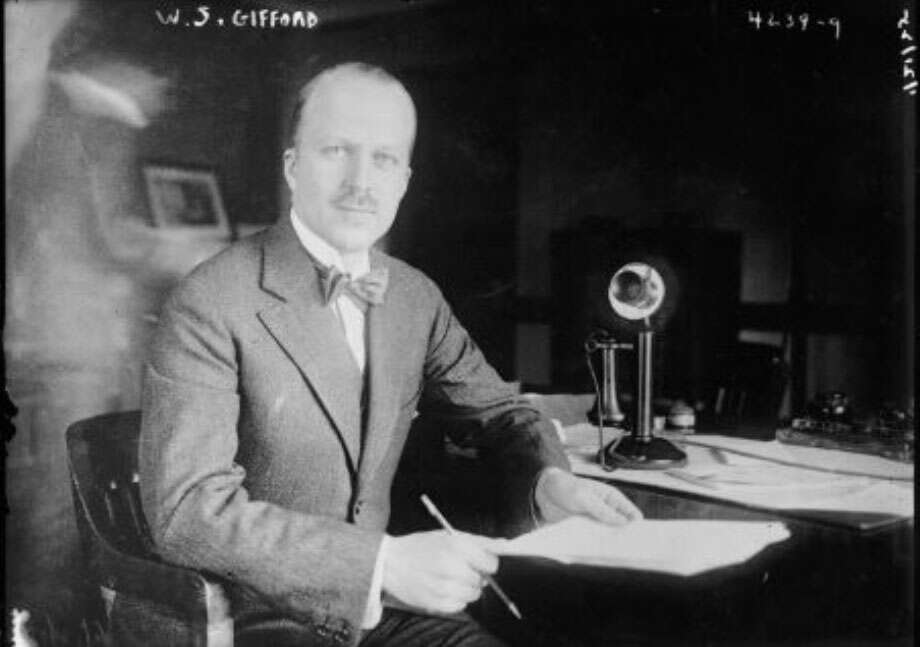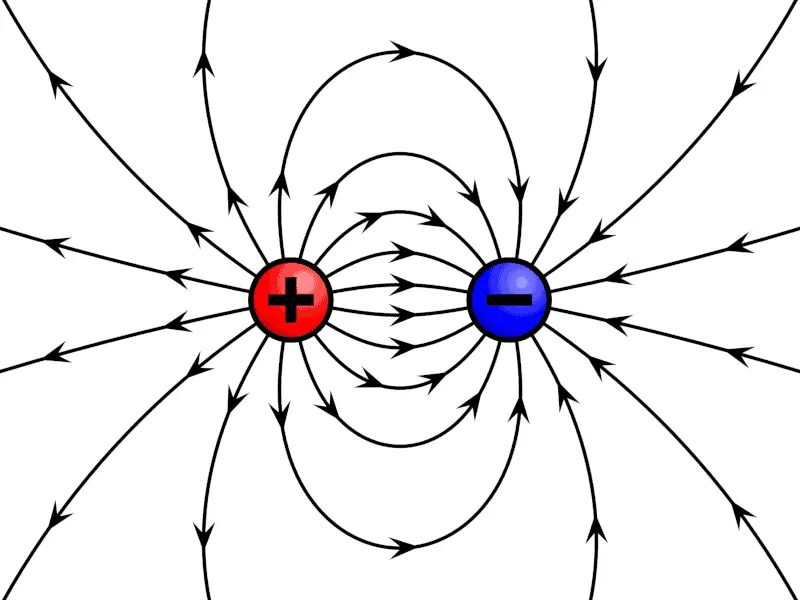An electromagnetic wave is a fluctuation of energy consisting of electric and magnetic fields. The electric and magnetic fields oscillate or move back and forth at right angles to each other, and the wave moves out from the propagating antenna in a direction related to the shape of the antenna, which you will learn about later.

Electromagnetic waves and their uses have been discovered over a lengthy period of time and have required the joint efforts of many dedicated researchers, engineers, and scientists.
Early Radio Technologies
Electromagnetic wave-based communications have been utilized for many decades. In fact, radio and television both depend on these electromagnetic waves. Additionally, these electromagnetic waves—or radio waves—have been used for purposes such as wireless voice conversations (today, we call these cell phones) and data communications. The military has used wireless communications for many decades, and expensive proprietary equipment has also been available.
By the 1920s, radio waves were being used for telecommunications. In fact, the first transatlantic telephone service became available in 1927 from New York to London. Twenty-one years earlier, in 1906, Reginald Fessenden successfully communicated from land to sea over a distance of 11 miles using radio waves to carry voice communications. Bell Laboratories had created a mobile two-way voice-carrying radio wave device by 1924, but mobile voice technology was not really perfected and used widely until the 1940s.

If you are familiar with modems, you are aware that computer data can be transferred over land-based telephone lines using these devices. A modem modulates the binary data into analog signals and demodulates the analog signals into binary data. This allows two computers to talk to each other across these landlines. As you can imagine, the leap to communicating digital data across wireless connections is not a large leap. From the early use of radio technology for broadcasting (radio and television) and voice communications to today’s massive data transfer over wireless links, radio wave communications have evolved rapidly.
One of the greatest problems with these early technologies was the proprietary nature of the devices. Just like humans, in order for two devices to communicate with each other, they must share a language. Without standards, each company would create devices that communicated either in ways they thought were best or simply in the only ways their engineers knew how to implement. This resulted in incompatibilities among the different devices. Organizations such as the IEEE, IETF, and ANSI have developed many standards that have helped overcome this hurdle. When it comes to wireless data communications in local area networks (LANs), the IEEE 802.11 standard is the one that started it all.
Fundamentals of Electromagnetic Waves
Waves
A wave, in the realm of physics, can be defined as a motion through matter. Notice I did not say that the
wave is a movement of matter, but it is a motion—such as oscillation— through matter or space. Think of the waves in the ocean bobbing up and down. Now imagine a ball placed on top of the waves. The waves pass by and the ball bobs up and down as they pass by, but the ball does not travel with the waves. If you were to investigate even more closely, you would see that the water does not travel with the waves either, but the waves pass through the matter (water).
An electromagnetic wave is an oscillation traveling through space. In the early days of electromagnetic wave study, some thought an invisible medium existed through which the waves traveled. This invisible medium was called the ether. You may recognize this term as it is used today in the word Ethernet, paying homage to this earlier thinking. In fact, electromagnetic waves can travel in a vacuum where all matter has been removed, and because of this, we theorize that they need no material medium to travel. How then do they propagate through space? It is through an interesting relationship, though not fully understood, between electric and magnetic fields.
Electric Fields
An electric field is the distribution in space of the strength and direction of forces that would be exerted on an electric charge at any point in that space, according to the American Heritage Science Dictionary. In other words, the electric field is the space within which an electrically charged object will feel a pull or a push, depending on whether the charge of the object is unlike (pull) or like (push) that of the pulling or pushing source. Positively charged objects attract negatively charged objects, and negatively charged objects attract positively charged objects. The measurable strength of this attraction is greater when the objects are closer together and lesser when they are farther apart. The electric field represents the space within which this attraction can be detected, although theoretically, the attraction extends infinitely, though it cannot be measured.

Electric fields result from other electric charges or from changing magnetic fields. Electric field strength is a measurement of the strength of an electric field at a given point in space and is equal to the force induced on a unit of electric charge at that point.
Magnetic Field
A magnetic field is a force produced by a moving electric charge that exists around a magnet or in free space. Magnetic fields extend out from the attracting center, and the space in which it can affect objects is considered the extent of the magnetic field. A changing magnetic field generates an electric field.
Electromagnetic Waves
Now that you have definitions of electric fields and magnetic fields, you are ready to investigate electromagnetic waves. An electromagnetic wave is a propagating combination of electric and magnetic fields. Remember that a magnetic field can generate an electric field and an electric field can generate a magnetic field. While the analogy is not perfect, consider that a chicken creates an egg that creates a chicken that creates an egg ad infinitum. The alternating current (AC) in the antenna generates a magnetic field around the antenna that generates an electric field that generates a magnetic field ad infinitum.
The electric and magnetic fields are oscillating perpendicular to each other, and they are both perpendicular to the direction of propagation, as is shown in the figure below. You can see that the electric field is parallel to the generating wire (antenna) and the magnetic field is perpendicular to the generating wire. The wave is traveling out from the generating wire.

A very specific form (wavelength and frequency) of these electromagnetic waves is used to communicate wirelessly in IEEE 802.11 networks. This form of wave is a radio frequency wave, often shortened to RF wave. An RF-based system, then, is a system that relies on the phenomenon of electromagnetic wave theory to provide data and voice communications wirelessly.